Product Design
Data Studio

Data Studio redesign
The insurance industry is data-driven. From evaluating books of business to assessing portfolio risk, insurance providers struggle to get the data they need to make business decisions. For providers, "first-mile" data challenges prevent them from getting the data required to train, model, and deploy data science solutions. Data Studio tames "first-mile" problems by enabling users to query, publish and manage data.
Understand
The story begins with a business need—organizations are drowning in data. For insurance providers, up to 80% of their data challenges start with data collection. The challenge is ubiquitous and is known as the "first-mile" problem. Guidewire saw a product-market advantage because they understood the market needs and managed customer data. All that was left was to create a compelling product.
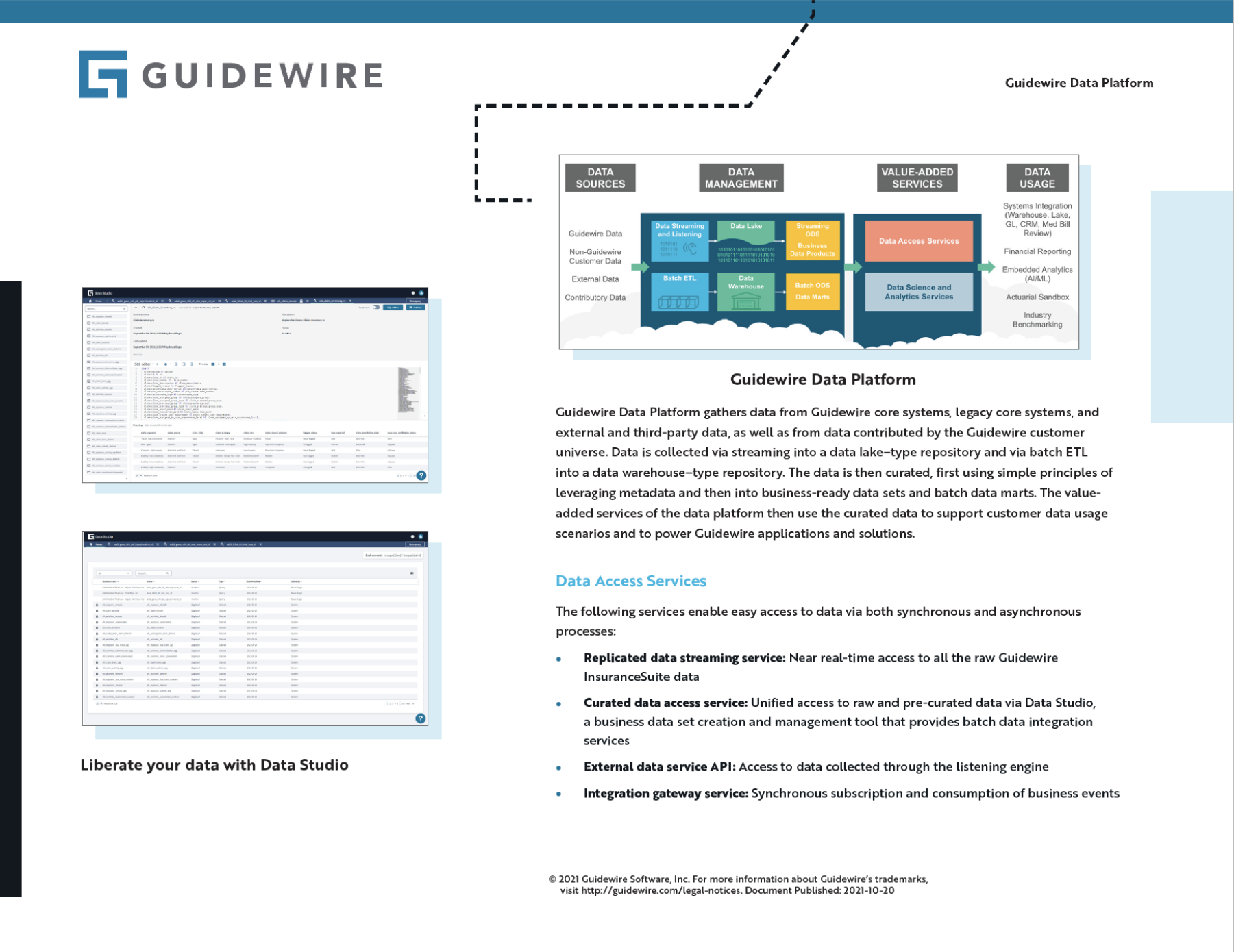
After a year of development, the project team felt stuck. Customer feedback was ad-hoc, informal, and focused on specific features. Early access program (EAP) data demonstrated that customers were not using Data Studio, and the team did not know why. The team needed a designer to put out fires, address customer adoption, simplify workflows, and refine the product vision.
Product design
As a seasoned designer, I know how to dive into complexity to move projects forward. And on every project, you must go beyond pixels and use design as a vehicle for change. When I joined the Data Studio pod, I saw the struggle to shift from prototype development to EAP. The design had to address irreversible decisions, the product vision, and simplify data workflows to fix the 'first-mile' problem.
Irreversible vs. reversible decisions. On every platform initiative, there are decisions that you cannot walk back from. After several contentious meetings where product and engineering talked past one another, I identified several irreversible decisions that required the team to slow down and understand the problem before moving forward. I knew that without the right UX, the irreversible decisions would exacerbate our existing technical challenges and increase complexity.
"If a decision is reversible, we can make it fast and without perfect information. If a decision is irreversible, we had better slow down the decision-making process and ensure that we consider ample information and understand the problem as thoroughly as we can."
—https://fs.blog/reversible-irreversible-decisions/
Without design, the prototype morphed into an over-engineered collection of features. Our metrics demonstrated that users were struggling to adopt and complete key tasks. While the prototype checked the functional boxes in Jira, elements felt detached from user workflows. The UX had to refocus on users and tame over-engineered workflows.

Original Data Studio table based home screen
Finally, with a mounting backlog, the fully remote pod struggled to define the product vision. Engineering was building the plane in midair and felt bogged down with each new feature request. As product and engineering engaged, the team was not on the same page regarding the platform's trade-offs, end-to-end workflows, and value-creation. Having navigated similar challenges before, I knew we had to address these challenges as a team to deliver a fantastic user experience.
Design & iterate
After addressing urgent items in the design backlog, I had the opportunity to use the design process as a vehicle for change. Starting with irreversible decisions, I hosted design workshops to identify, inform, and derisk our irreversible decisions. Instead of talking past one another, the workshops created safe, productive spaces where engineering and product could externalize their thinking and design through complexity.
Design workshops became an important (and safe) space for the team and resulted in several product outcomes. First, the workshops fostered a shared understanding of the product roadmap and identified gaps in the UX. It forced the team to focus on platform value-creation: enabling users to query, manage and publish datasets. With the team's buy-in, I could synthesize, simplify, and redesign the platform experience around three core areas: query creation, data management, and publication. The team had a collective 'a-ha' moment and realized it was easier to work backward from the UX after nailing down the core interactions that generate user value.
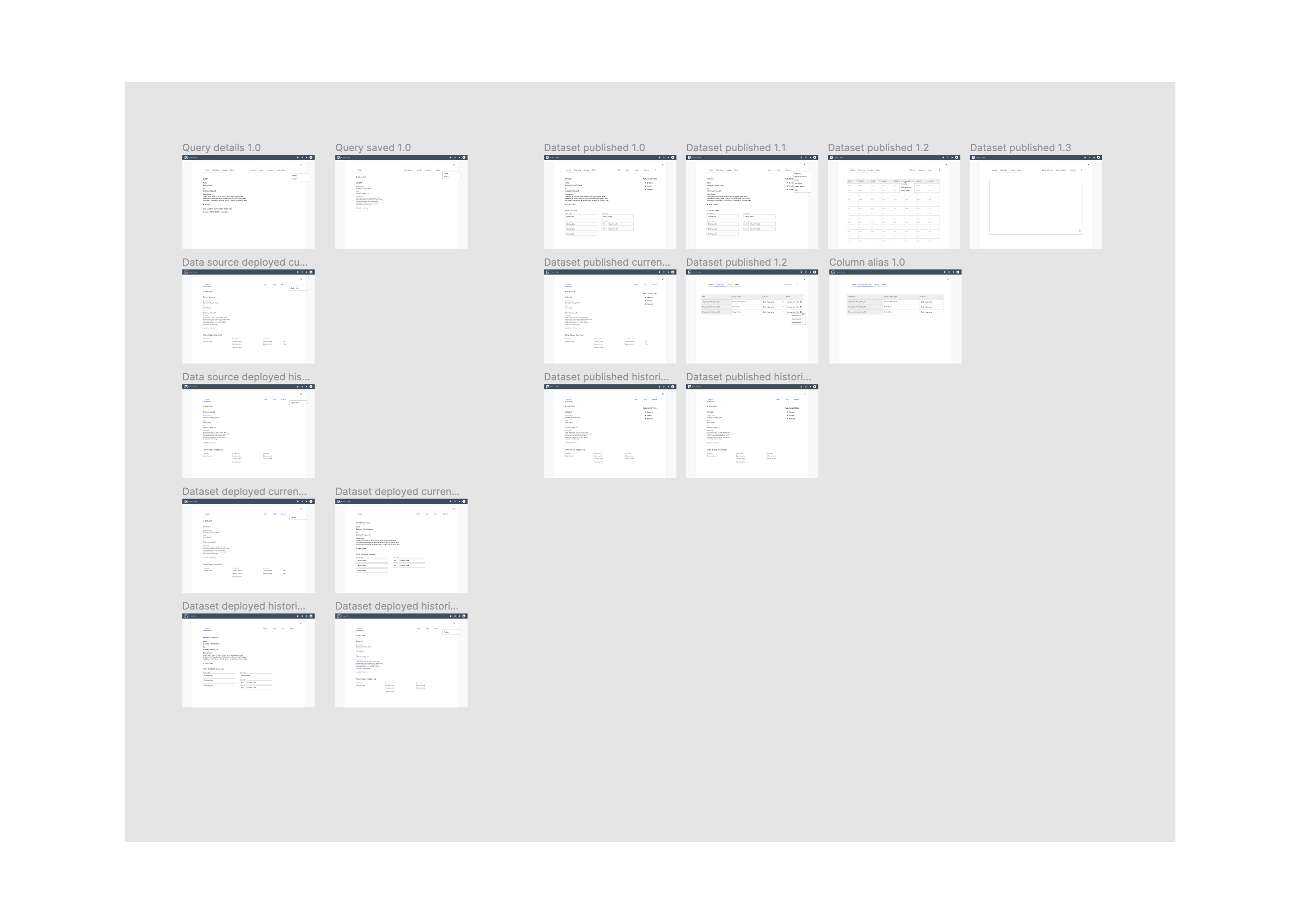

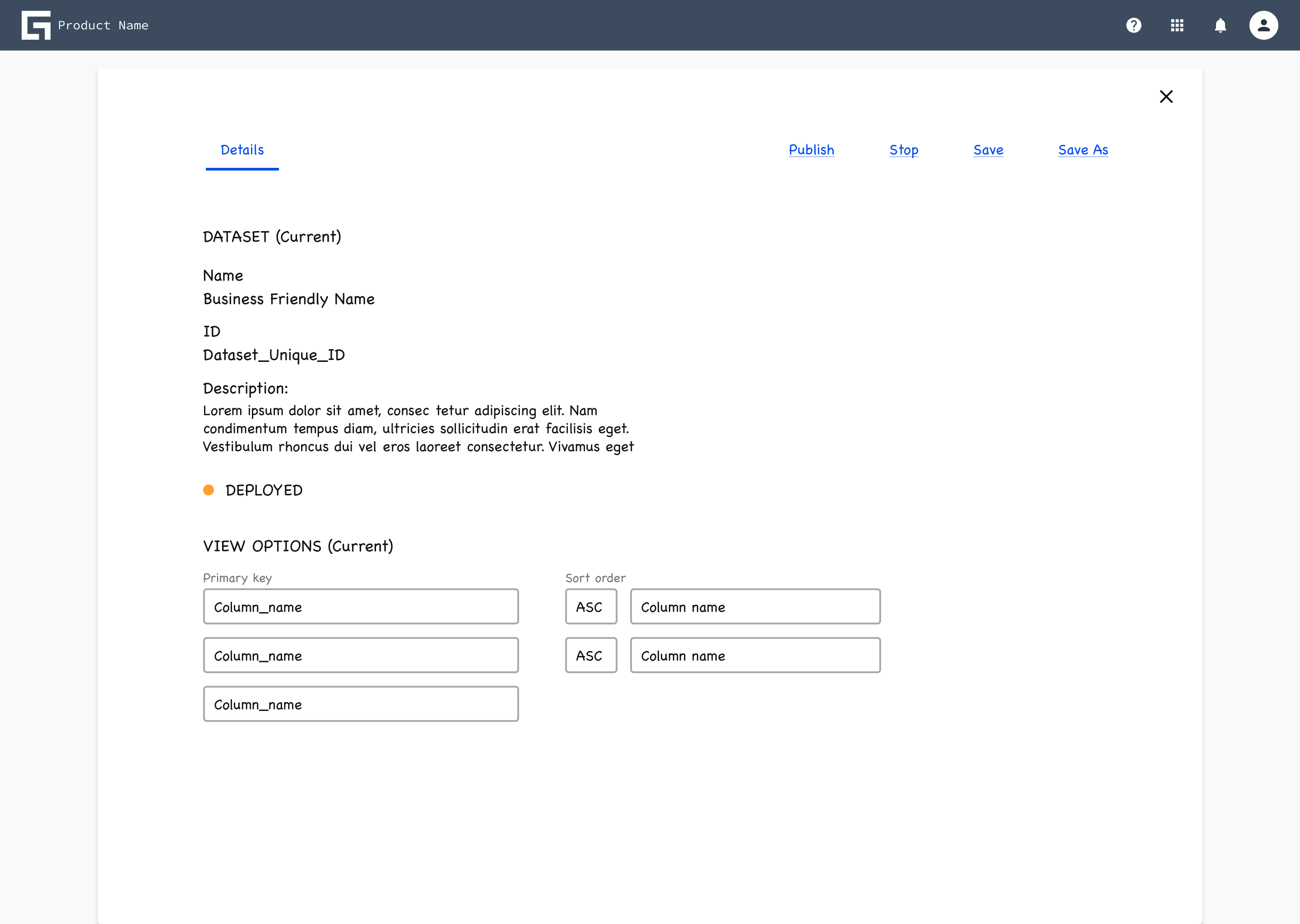


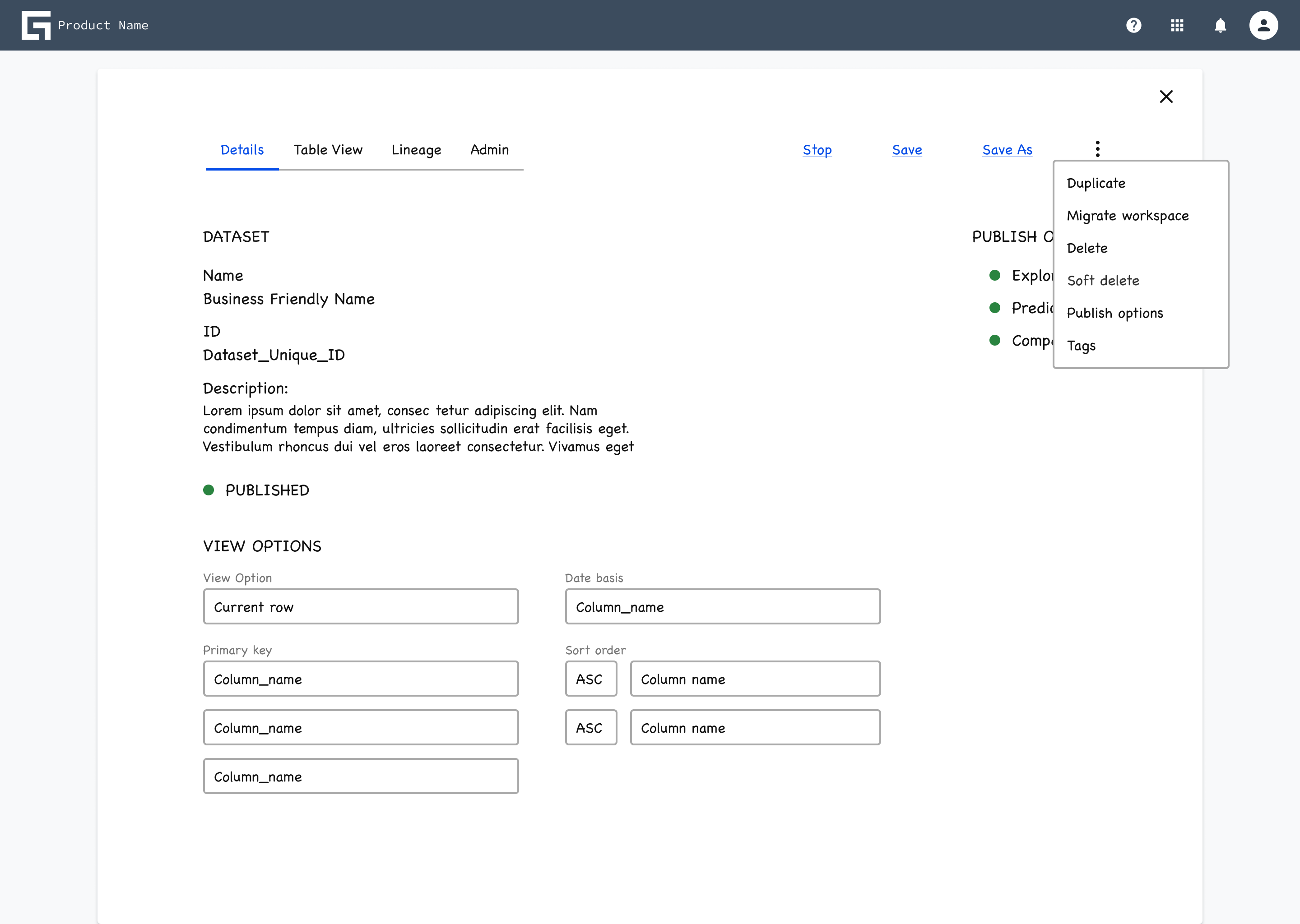
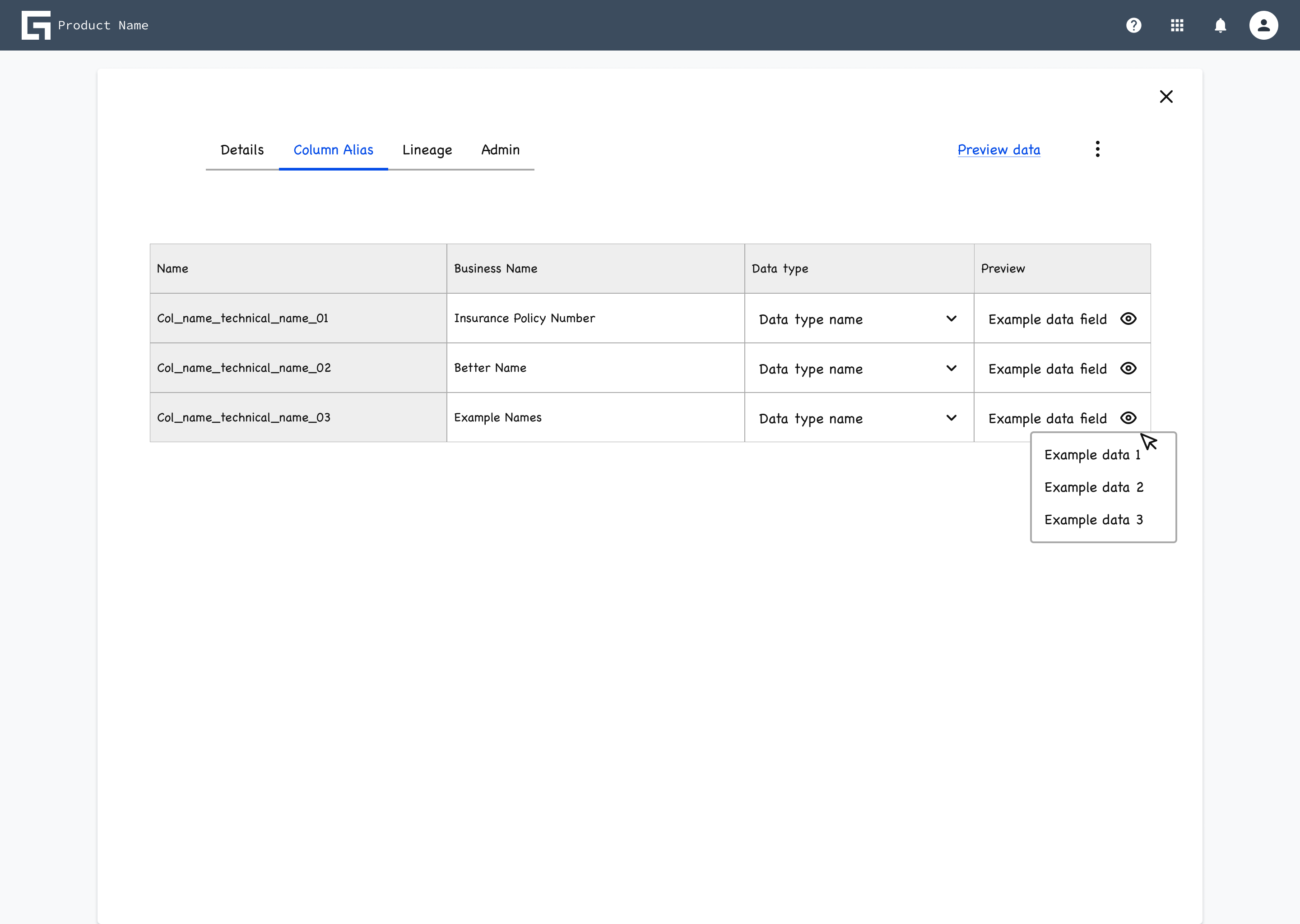
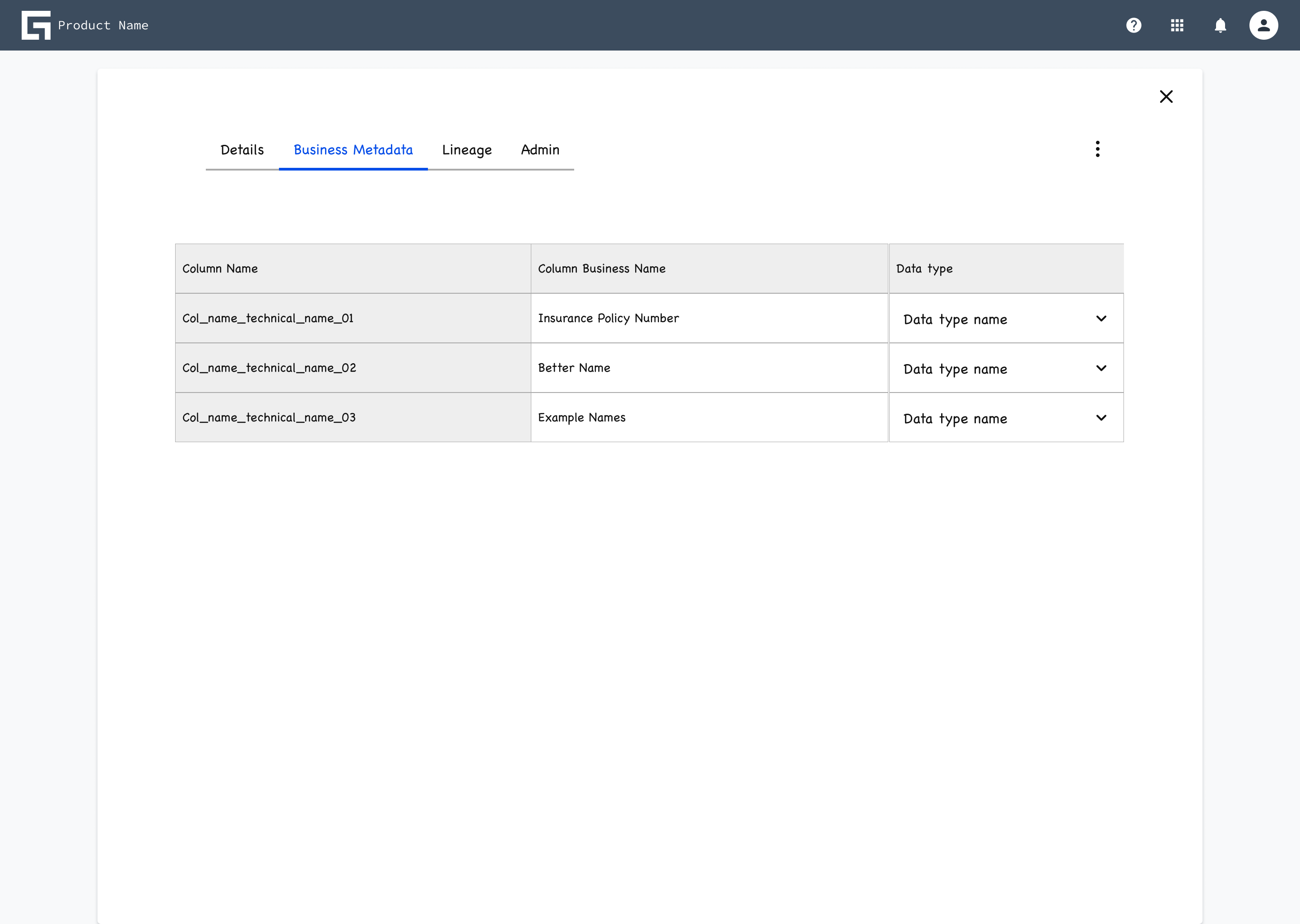
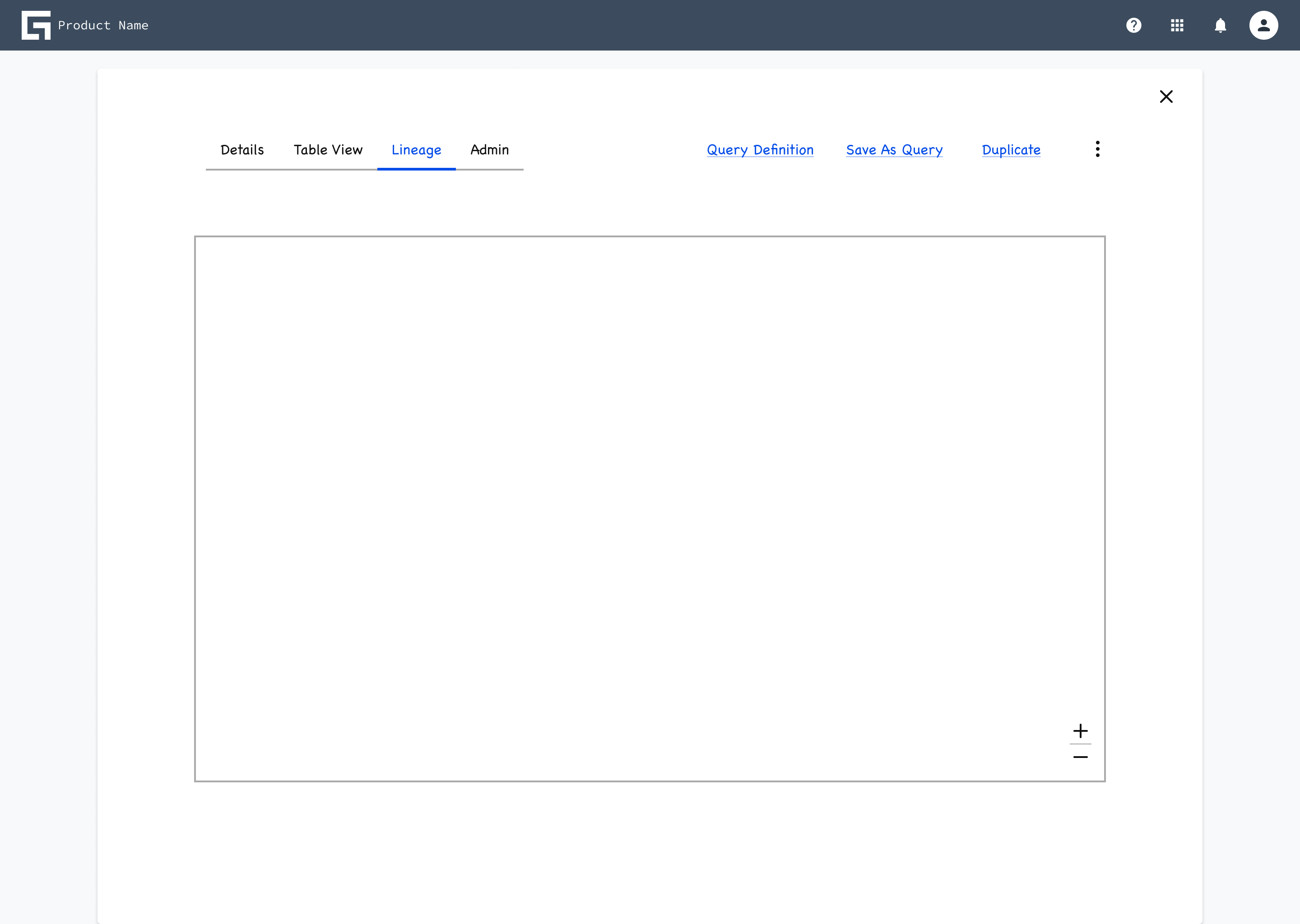
I used the momentum to address information architecture (IA) and future-proof our designs against the product roadmap. With the IA secure, I pivoted to a card-based design language that spanned the query, dataset object, and interaction models. The designs communicate status, state, and details at a glance, allowing users to perform key calls to action or drill down into additional information and features. The card-based design emphasized value creation at a platform level, addressed search and filtering, and future-proofed design against the product roadmap.




The new design enabled customers to create queries and publish data to the Guidewire Live ecosystem. Identifying the irreversible decisions helped the team derisk critical decisions, navigate dependencies, and work backward from design. The workflows pivoted away from individual features and allowed the team to focus on end-to-end flows. Design benefited everyone and excited users and stakeholders about the new design direction.
Business impact
Experience taught me that great design goes beyond pixels. Whether fostering collective understanding or helping teams get unstuck, my goal is to move forward and get products into the hands of users. I worked hard to bring users into the design process, and within four months, the team successfully integrated customer feedback into the design (and development) process.
Everyone on the team participated as we worked hand-in-hand with users to explore new features and test newly minted workflows. One-by-one, EAP customers bought into the process, creating a flywheel effect that rippled across the EAP program. Within four months, we started a sustainable EAP UX process that included: one-on-one user interviews (remote), user surveys, and co-design sessions (remote). The team no longer went over two weeks without talking to a customer-it was HUGE!
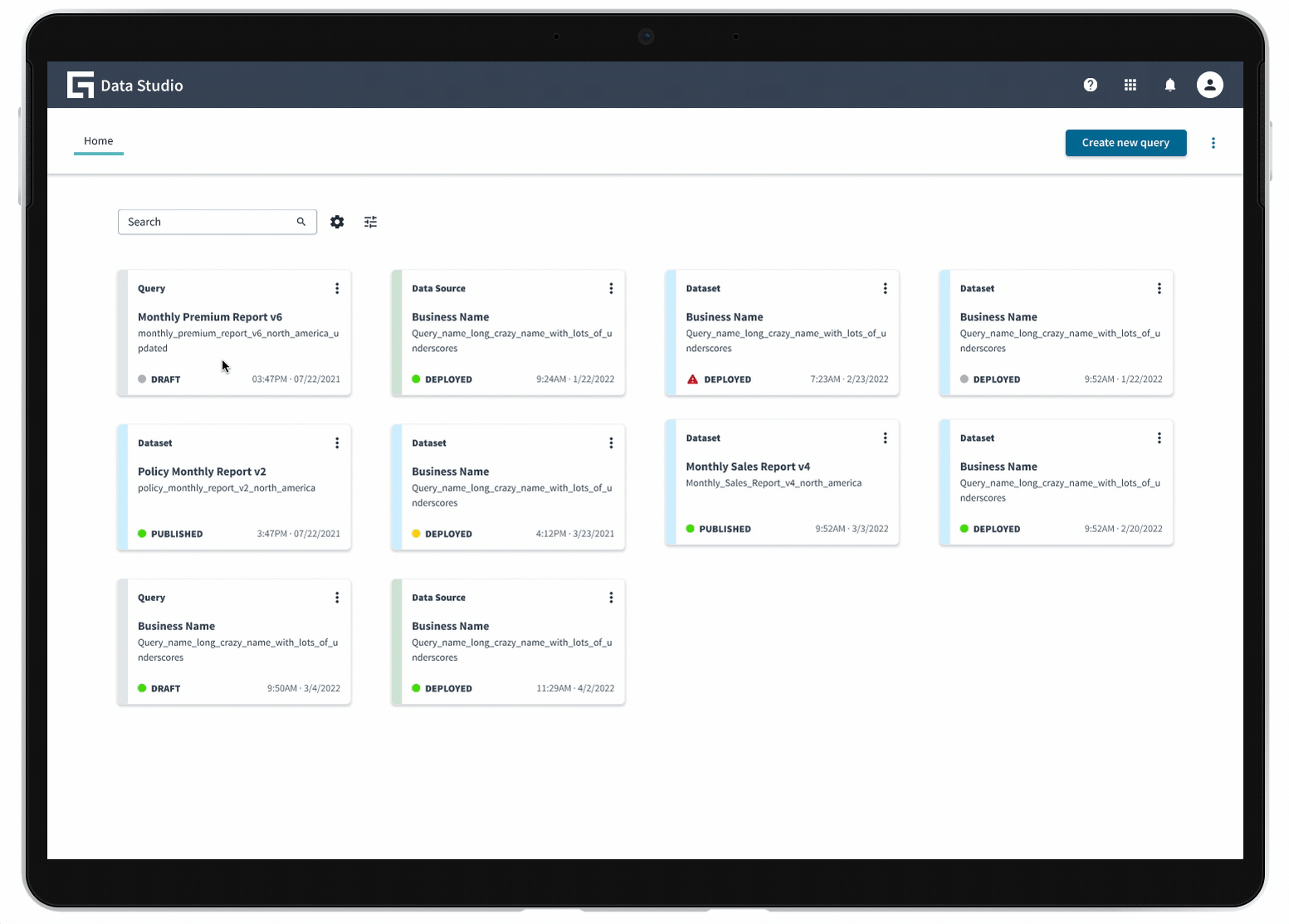
At the end of four months, design went from just-in-time and leapfrogged development by three months. Design accelerated development cycle time by providing coherent workflows which allowed engineering to focus on the product backlog. Design removed ambiguity and helped software architects visualize solutions, make technical decisions, and create a fantastic user experience. The laser focus on our users allowed the team to pinpoint issues impacting customer adoption, navigate trade-offs, and manage complexity.
Contributors
Frank Noz | Pricipal UX Designer
Mike Ellan | Front-end Developer & Architect
Keith Clemons | Engineering Manager and Lead Engineer
Bruce Engle | Principal Product Manager